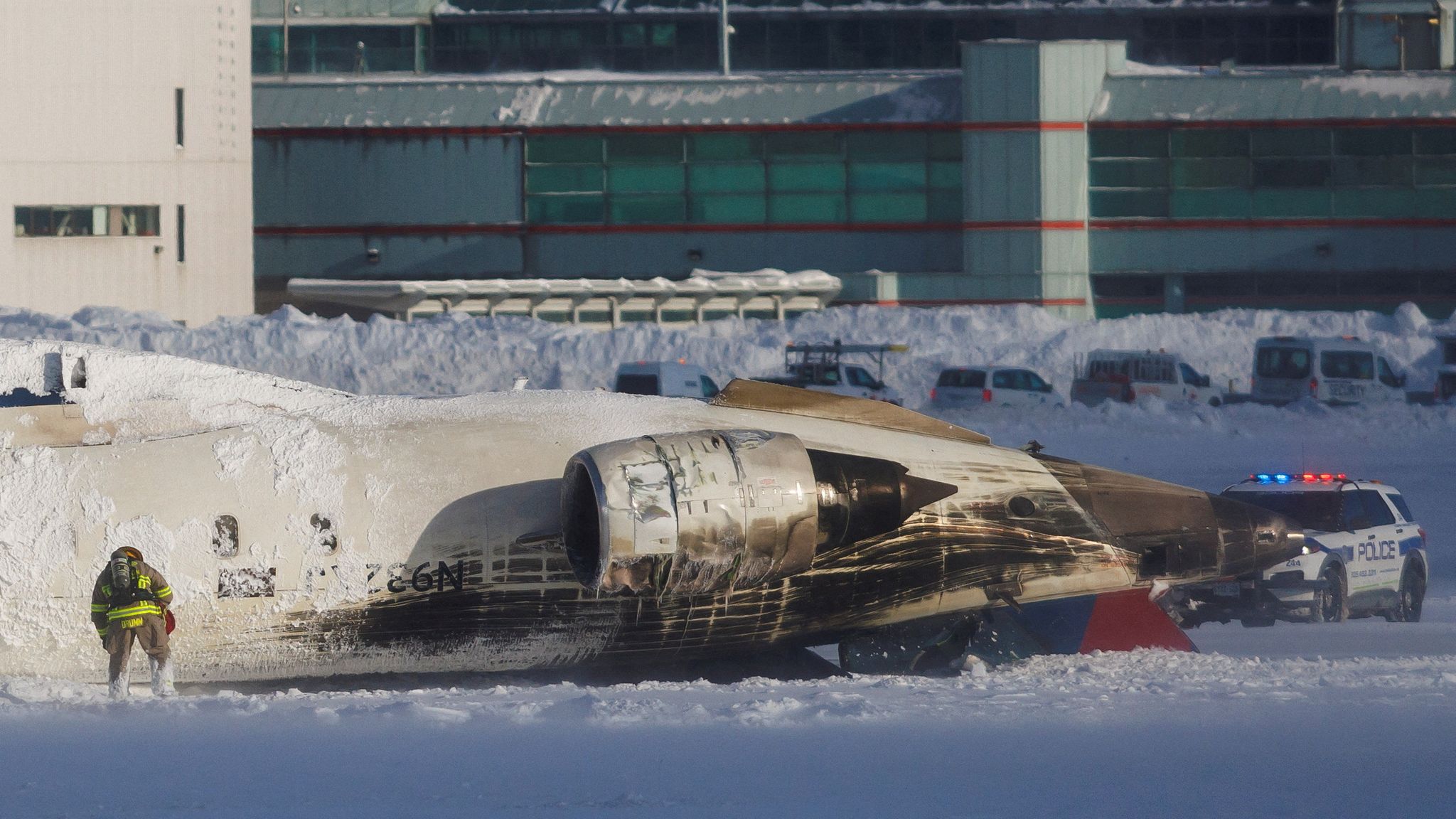Practical Consequences of Safety-Critical Design

Safety-critical systems are all around us. So much so, that we would not be able to imagine everyday life without our critical technologies in key areas like healthcare, power generation, transport, or defence, to name a few. Operators and other stakeholders involved in managing safety-critical infrastructure and plants (as a collective term applied by control engineers) increasingly rely on automated systems to guarantee continued safe operations or executing controlled shutdowns.
Within the aerospace domain, it is undeniable that all major engineering schools made considerable progress with teaching the theoretical foundations of modern systems, including proven safety principles. However, the practical implications of safety-critical designs are not that well understood by academics. As a result, there tends to be less emphasis on explaining the realities and potential drawbacks of technology-driven approaches. Without a proper understanding of the actual constraints and limitations observed in real-life, design assumptions about humans and automated systems can fall short of what is required for safe operations.
As an example, generations of engineering graduates did not have sufficient exposure to the practical consequences of a technology-first mindset on safety-critical designs. I am very fortunate that at the institute where I teach, I have the support to make the necessary changes to include these critical lessons as part of our core aerospace engineering curriculum.